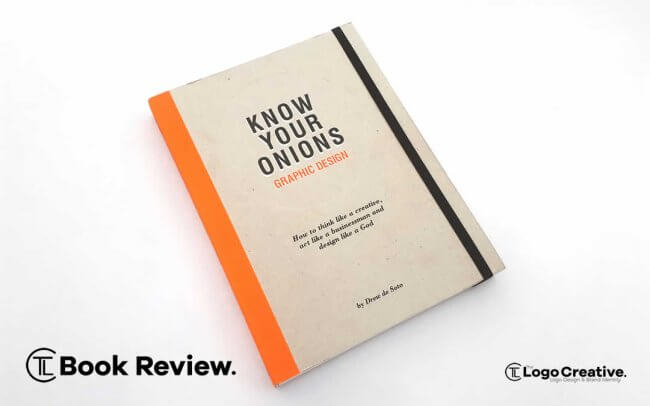Know Your Onions by Drew de Soto is a very enlightening book offering a different view of the things you encounter every day as a designer.
Drew De Soto who is a print-focused designer has been a graphic designer for over 25 years, this book is a guide for working in the Graphic Design industry and first published by BIS Publishers in 2012.
As he says in his Introduction: “After a 25-year career in graphic design, I’ve picked up a few things and turned them into ‘custom settings’. Read this book and save yourself 25 years.”
Drew was kind enough to send us a copy of the book to review and we were looking forward to tucking into this one, Again I would like to thank Drew for sending us the book and answering our questions as part of this review. Let dive in and take a look at Know Your Onions: Graphic Design By Drew de Soto.
I’ll start with the cover design before we jump in and the first thing I noticed is how well made the cover is and holding the book is a pleasure, as soon as I held the book I got the feeling of “I’m going to learn something from this book”.
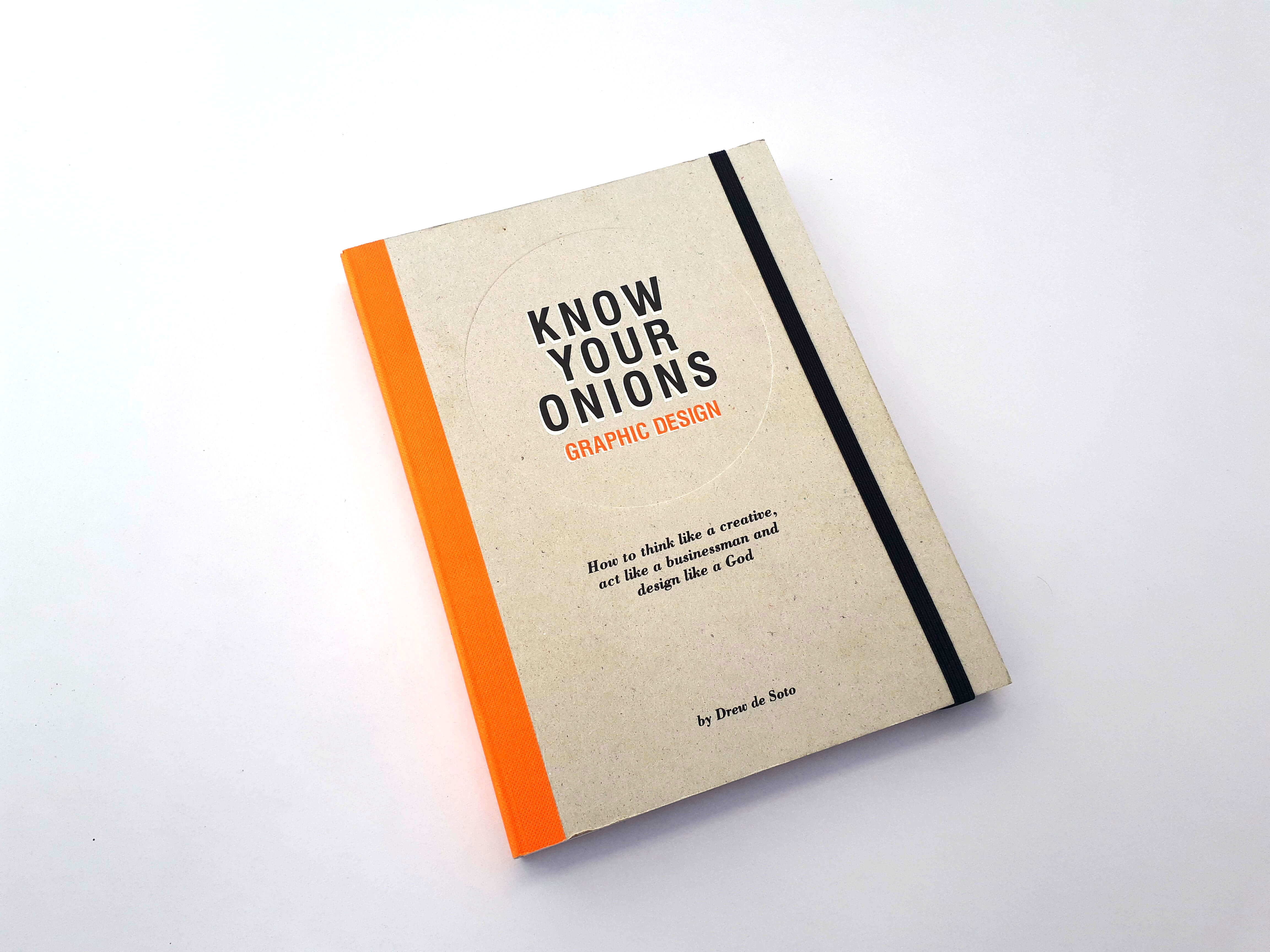
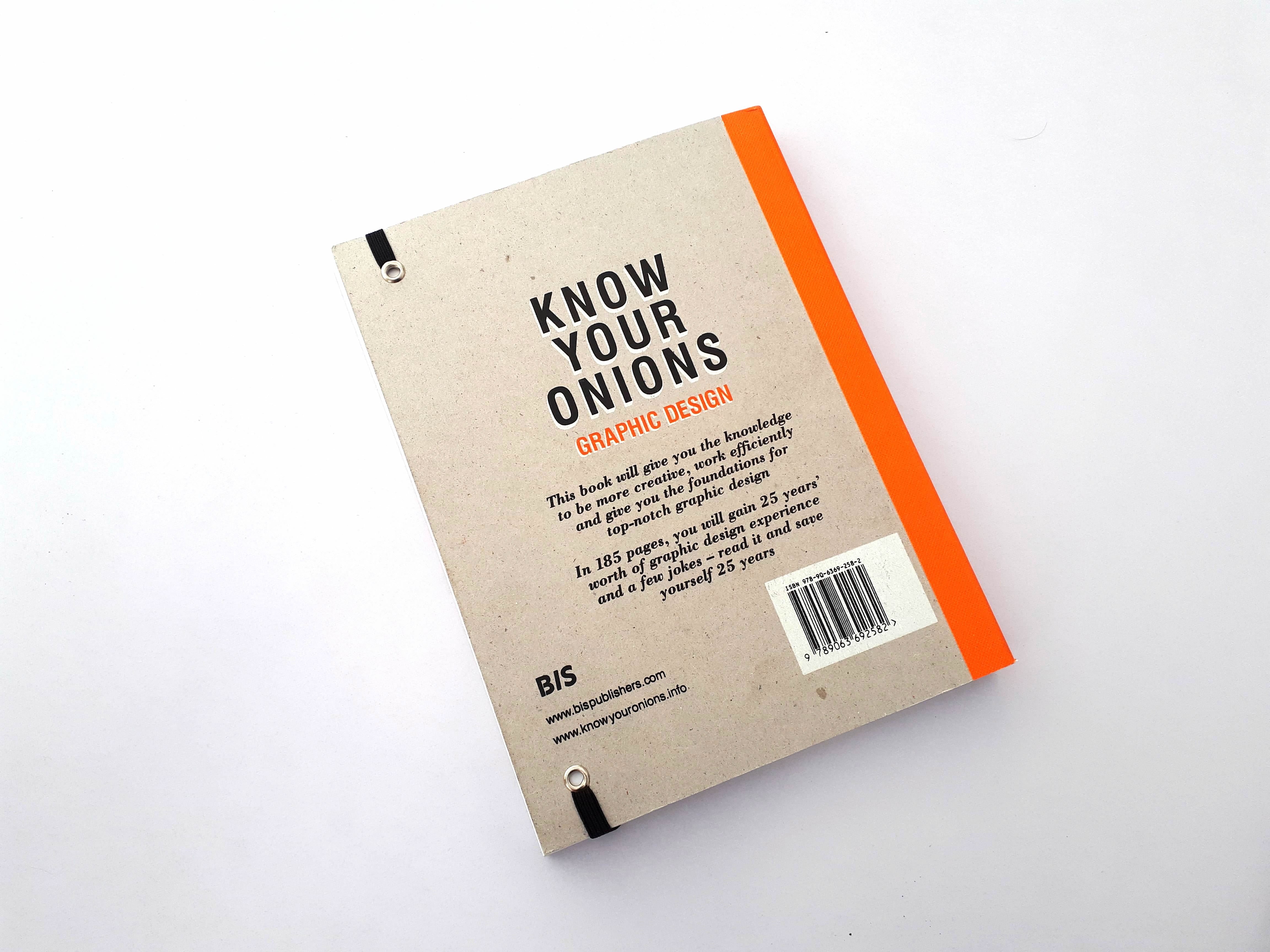
Its hold bound using the quarter pound tape method which you can actually read about within the book.
The spine of the book has plenty of give and the tape prevents damage when rereading and flicking through for reference the speckle card a notebook style acetic is pleasing unique and relevant to its content being both a sterling example of great print and looking equally interesting sitting on the bookshelf.
Moving on to the content The first three sections, Thinking, Working and Designing, go through his own technique and systems, and whilst they might not necessarily work for everyone, he has honed his way of working down to a fine art, and there are lots of good tips and ideas within the book.
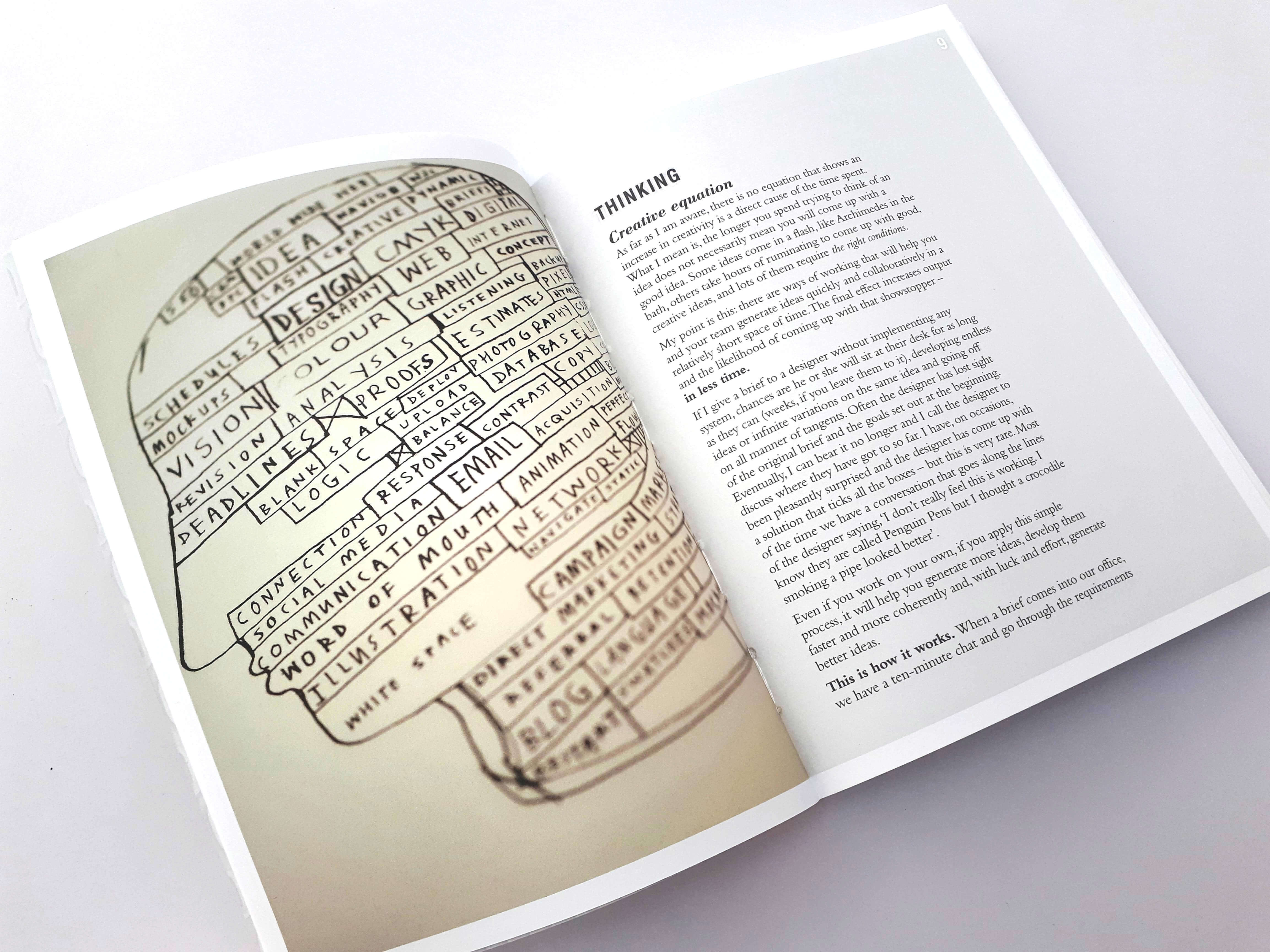
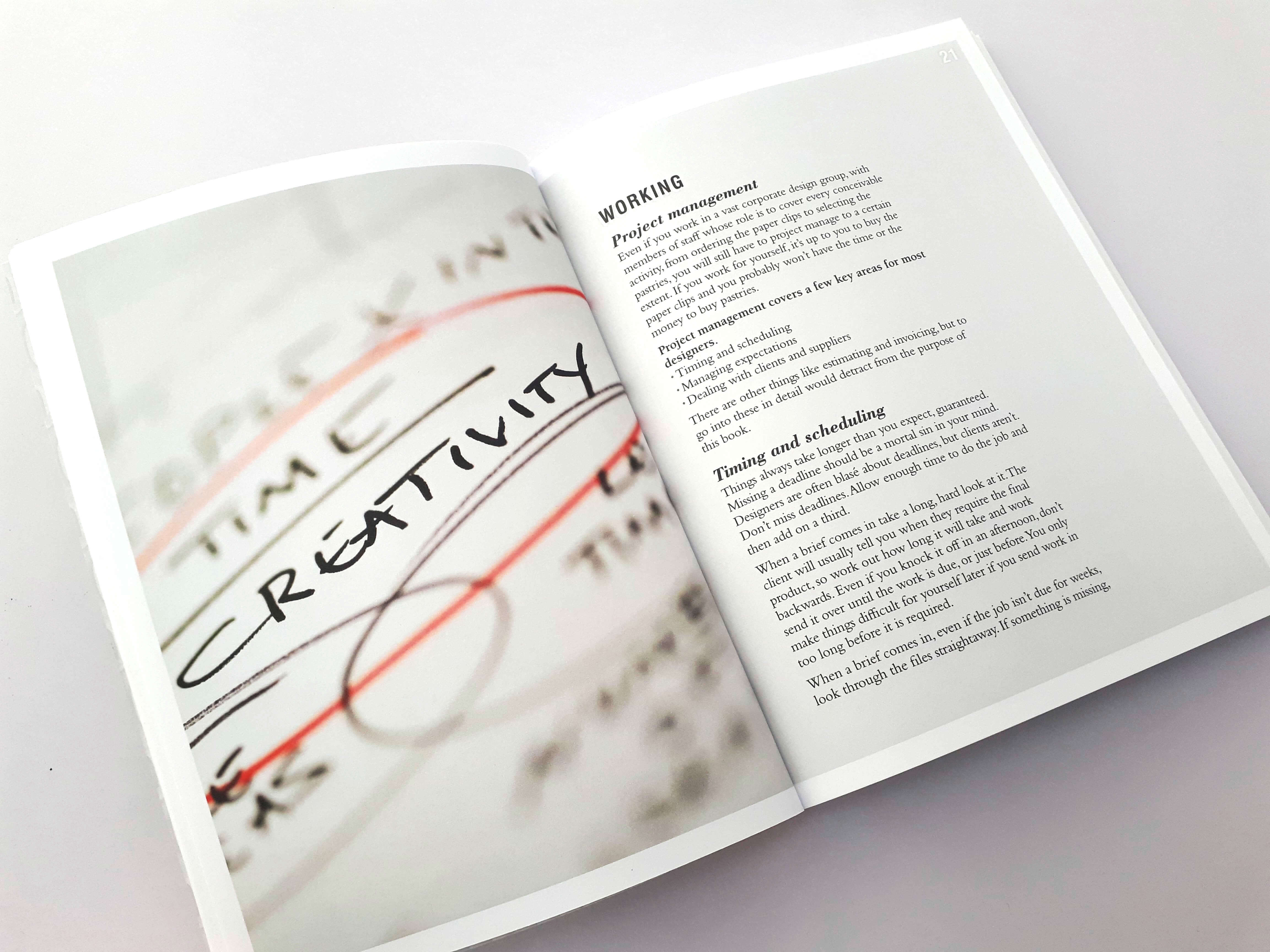
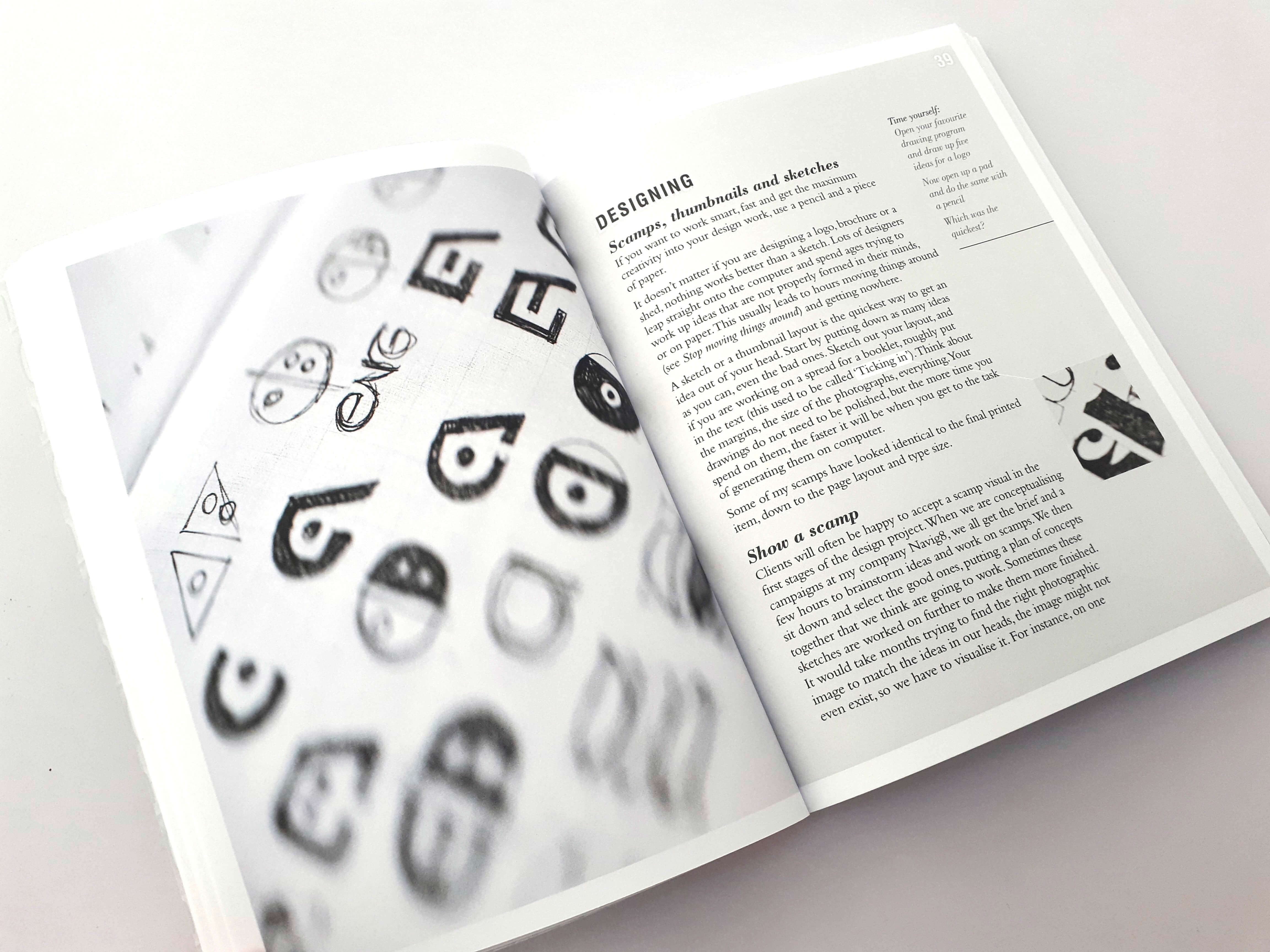
Drew then goes on to talk about design principles, layout, type, and text. Lots of stuff that ends up being in most graphic design books, but explained simply, and also laid out as reminders and ideas rather than pages and pages of theory. He does the same with the next set of chapters, knowledge of paper, colour, reprographics, print, and finish, again, full of handy tips, hints and useful bits of knowledge.
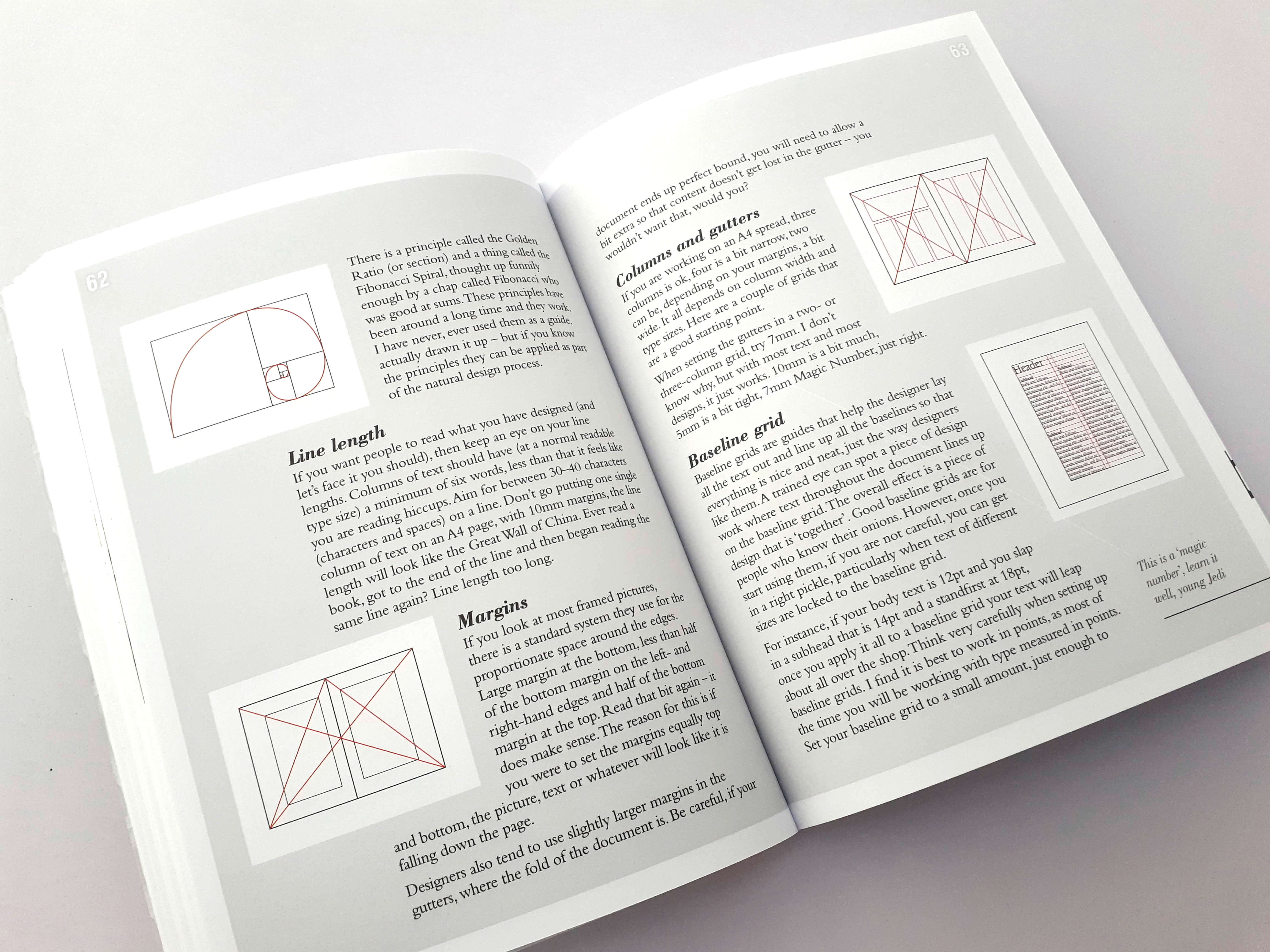
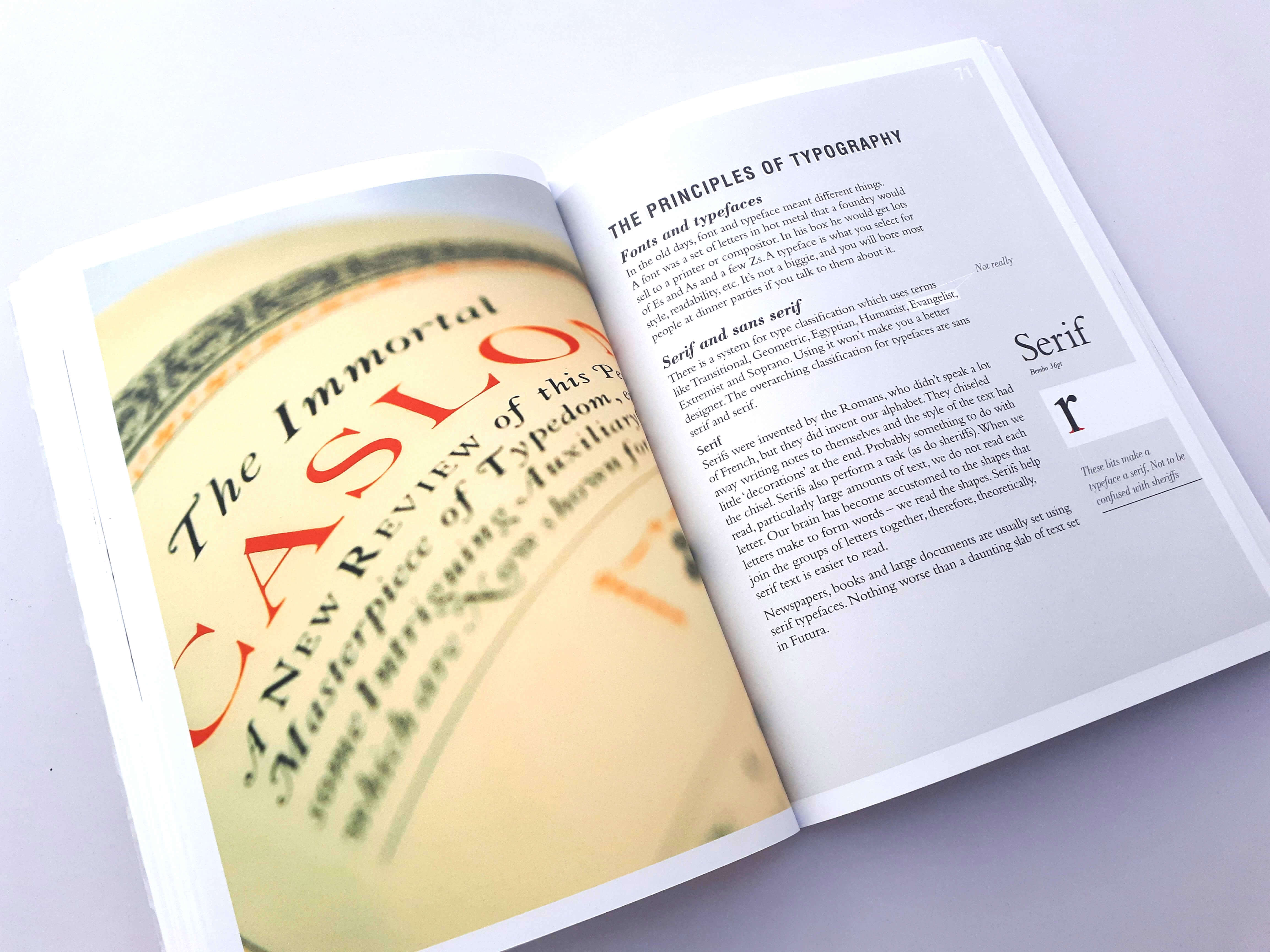
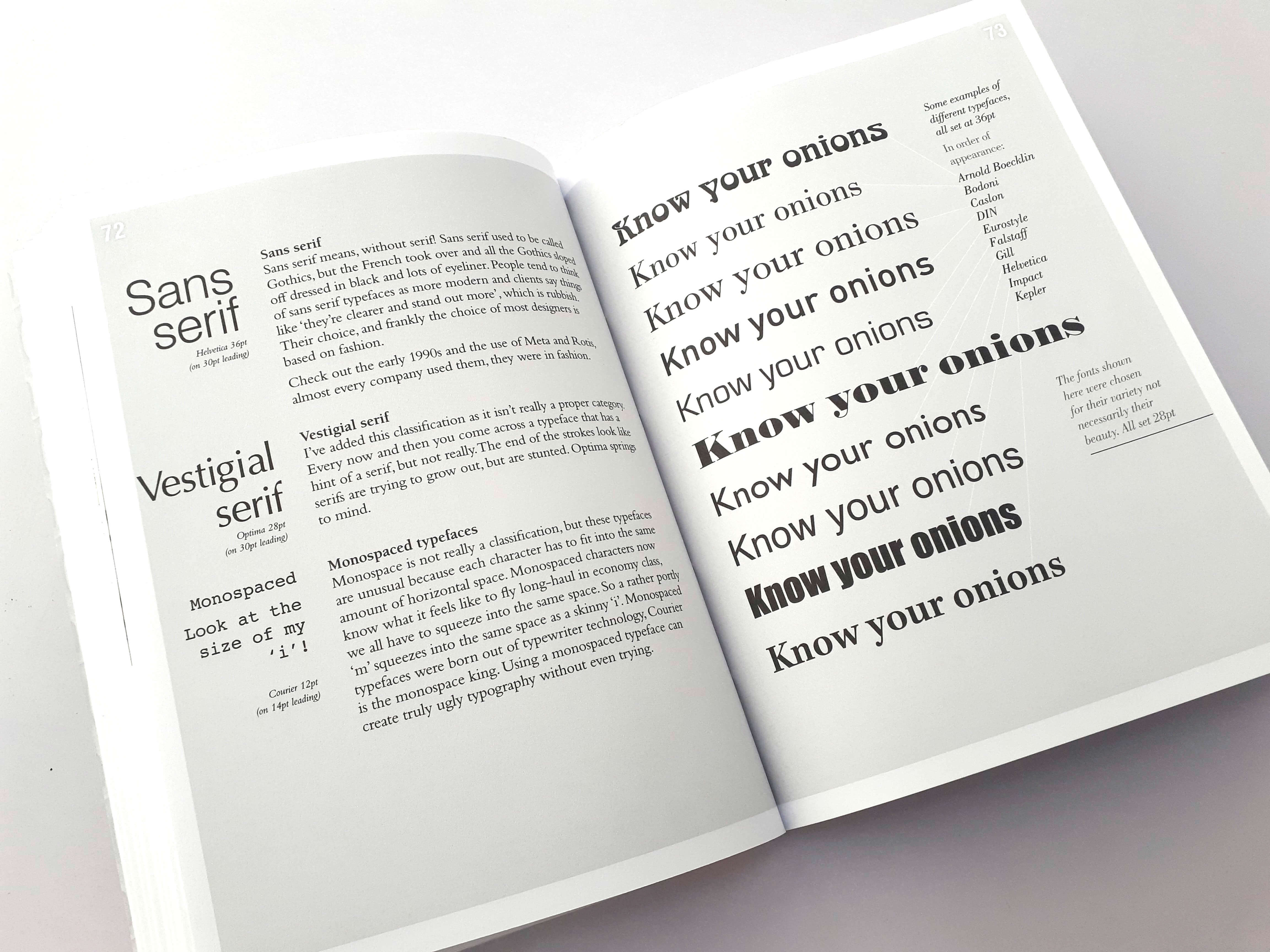
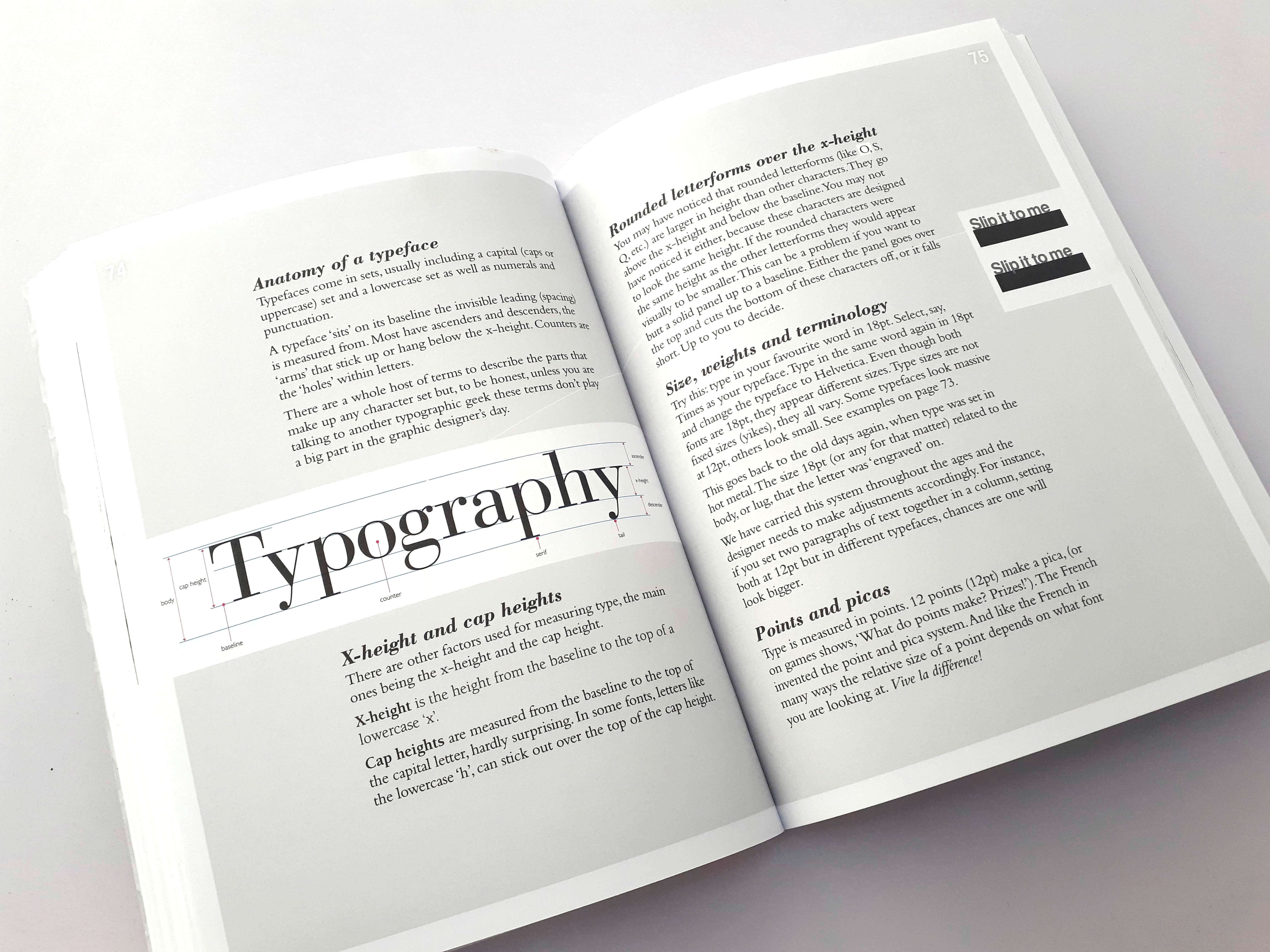
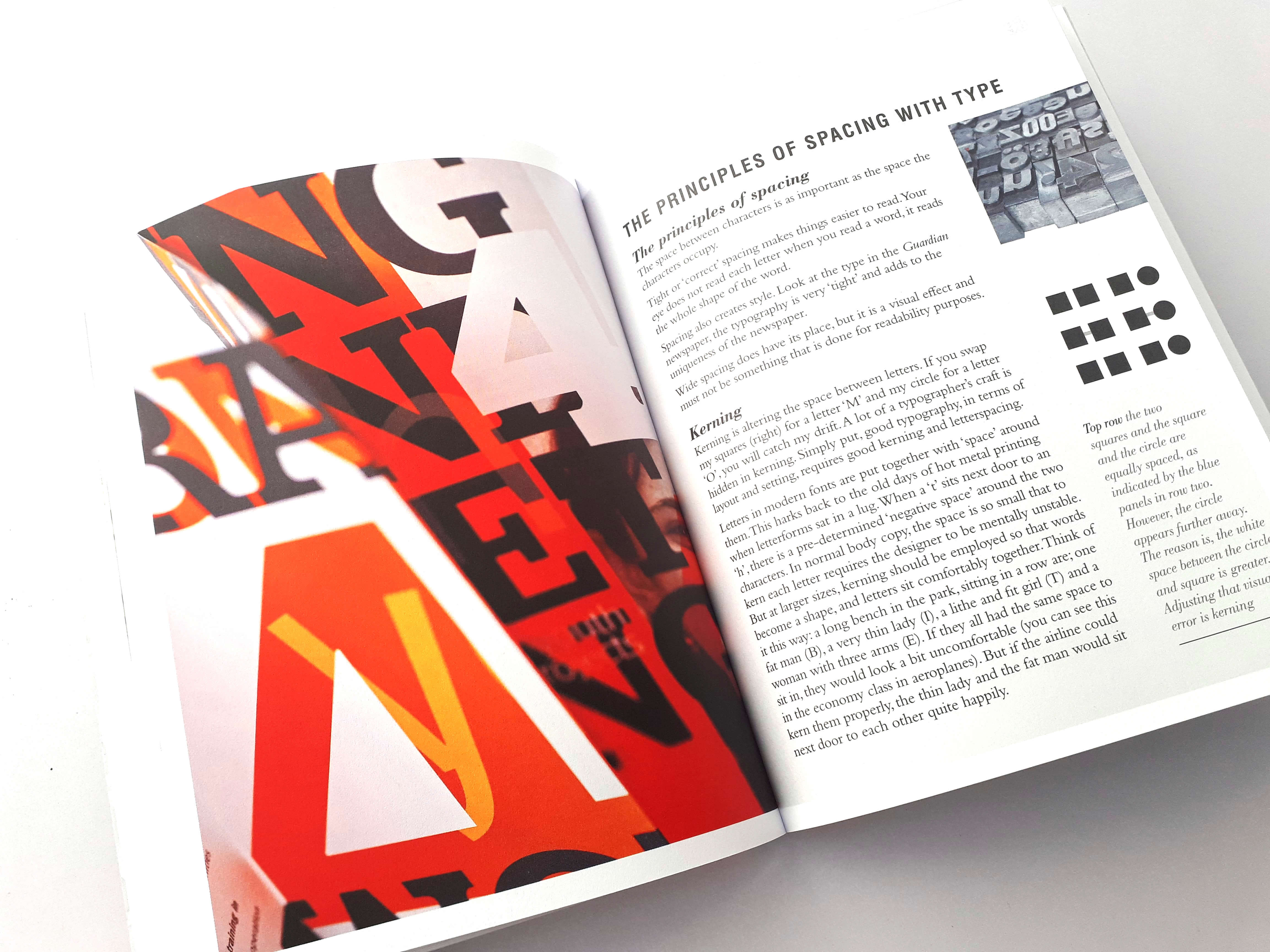
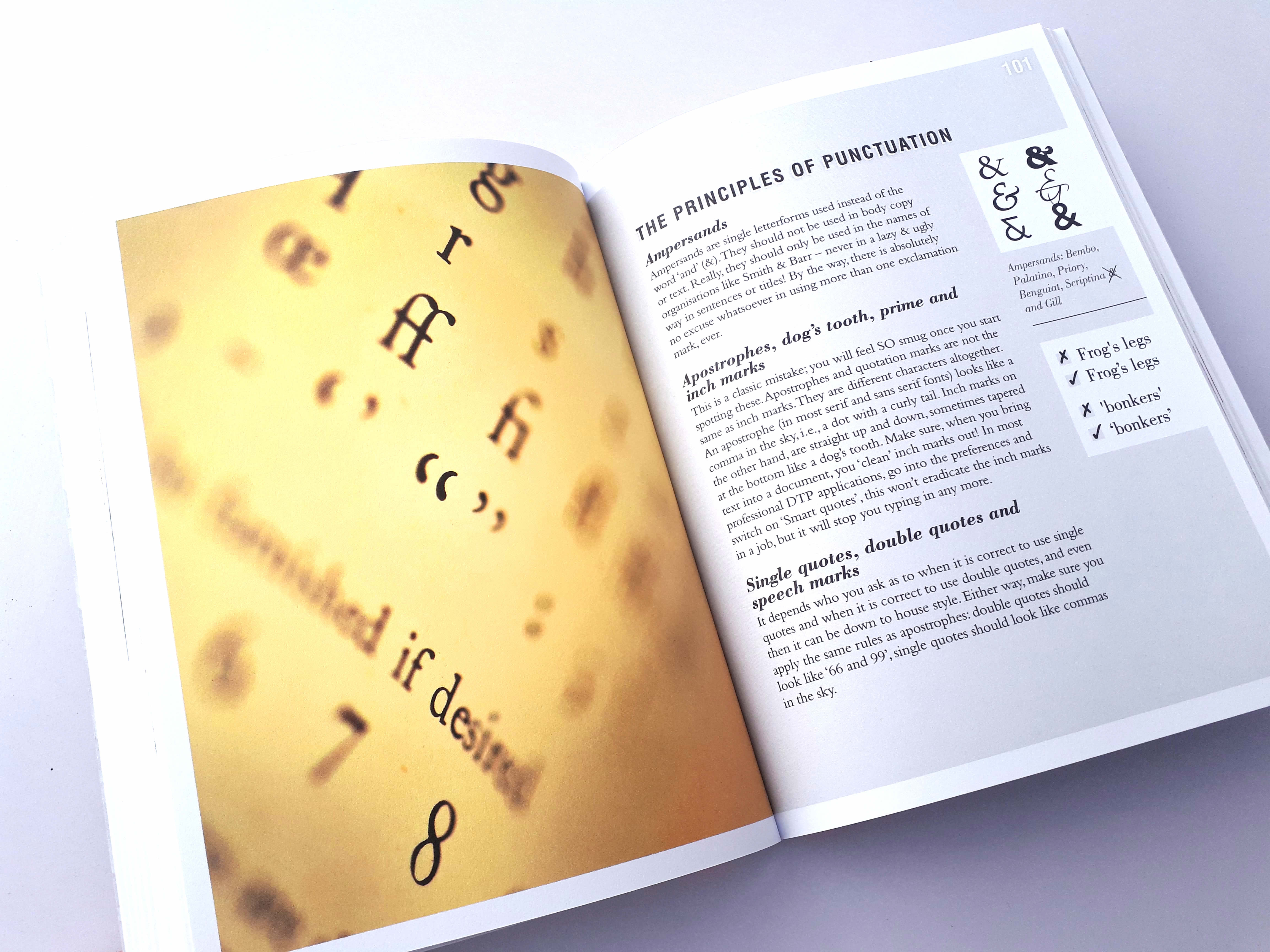
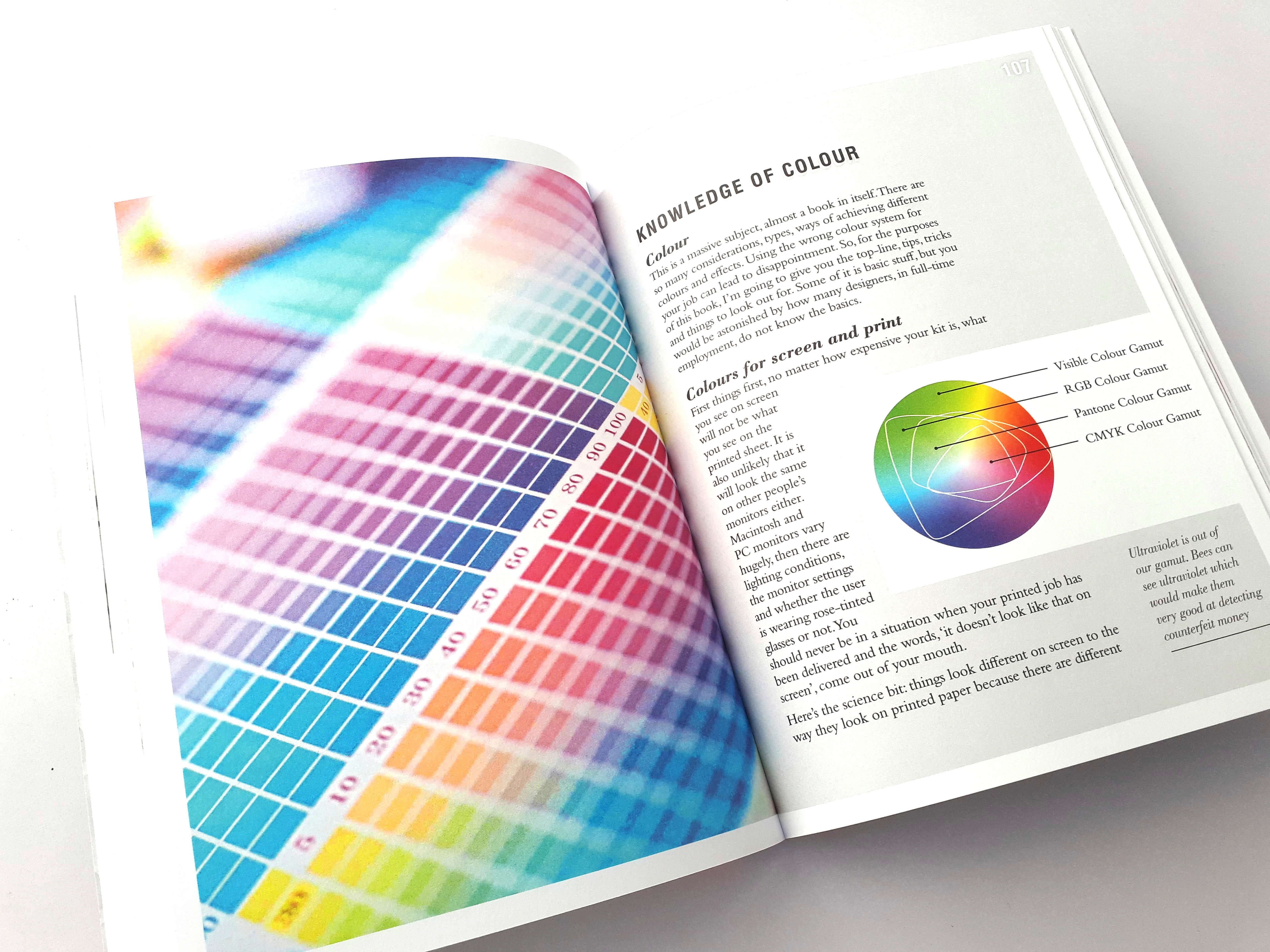
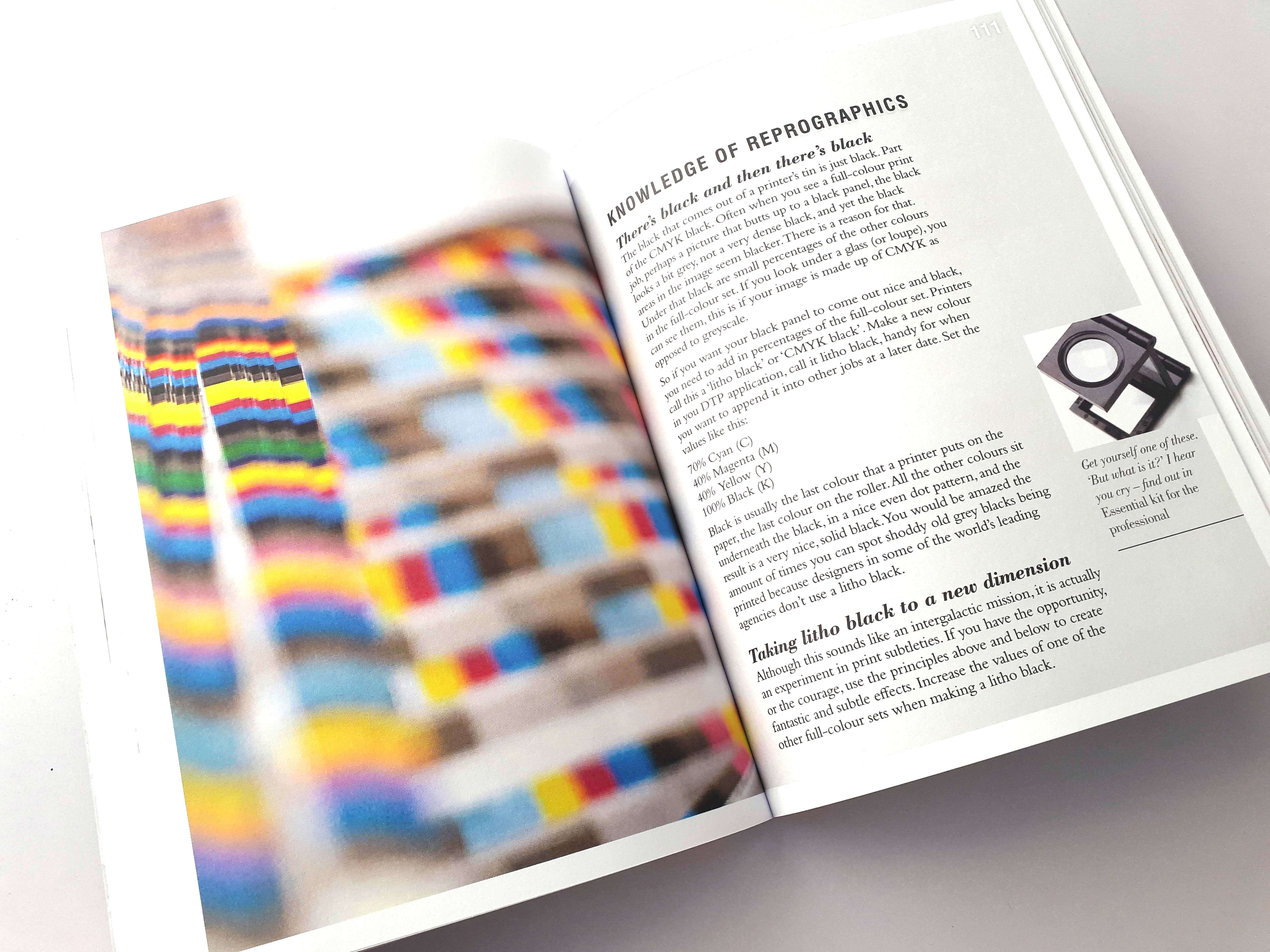
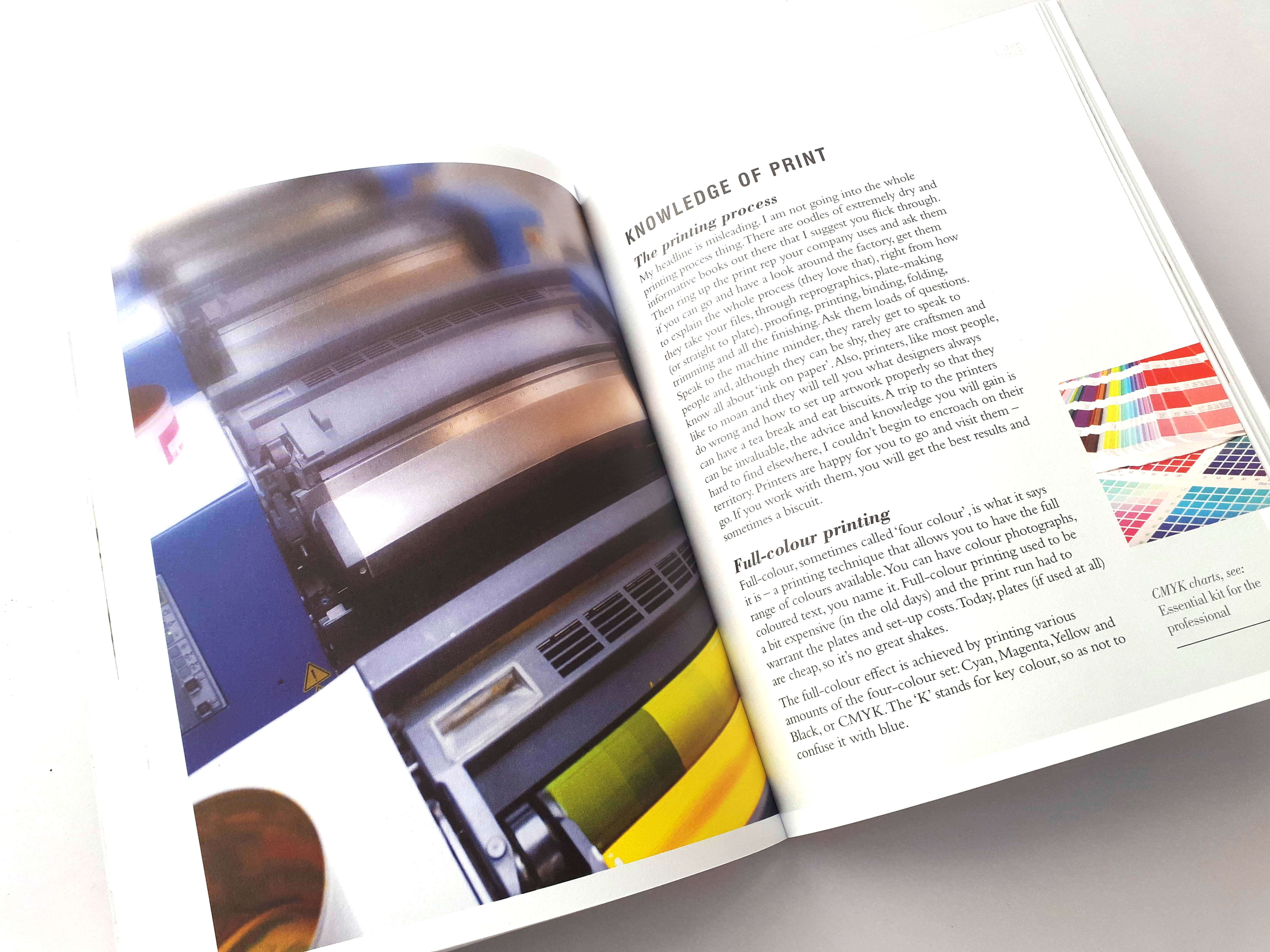

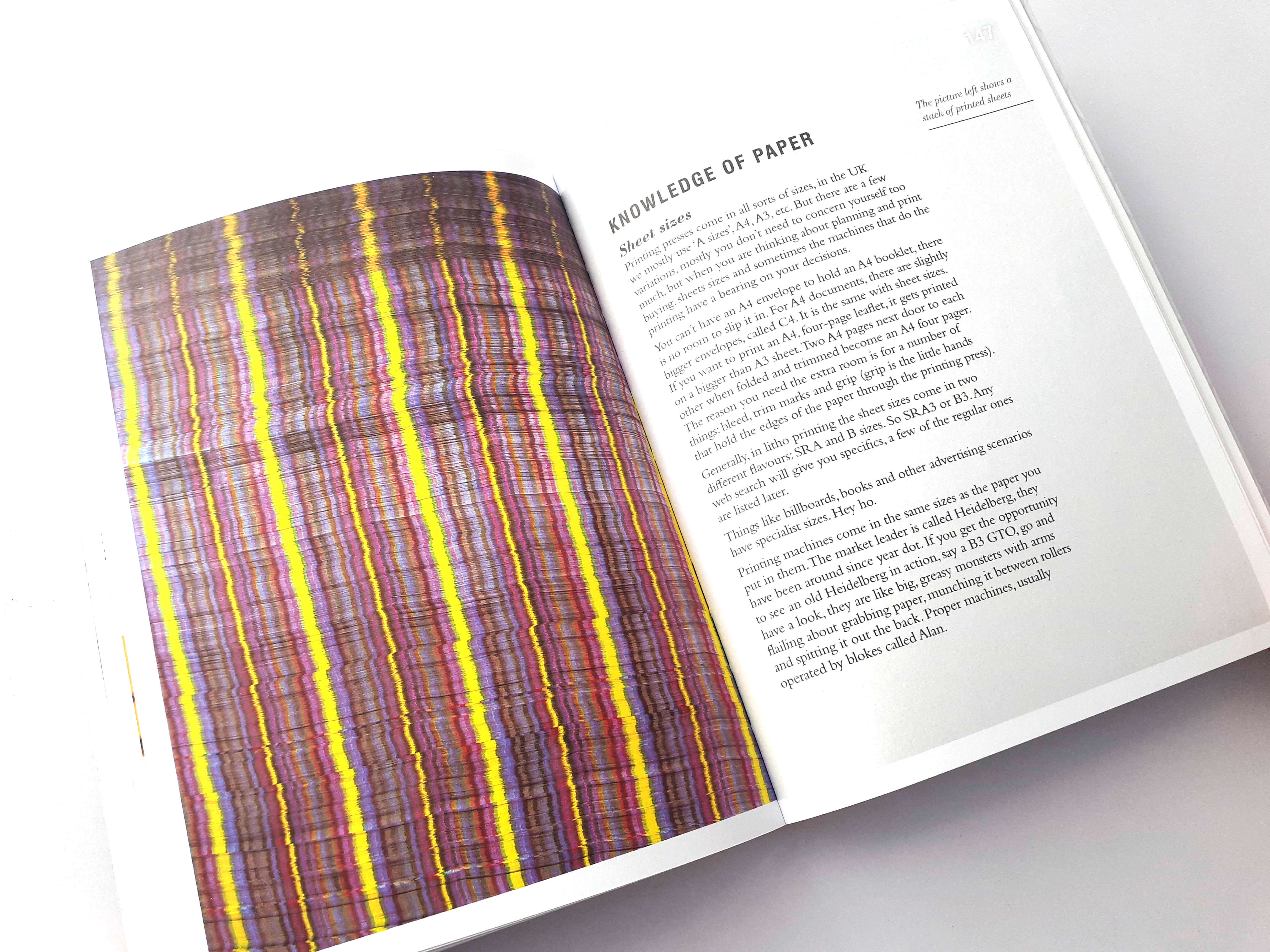
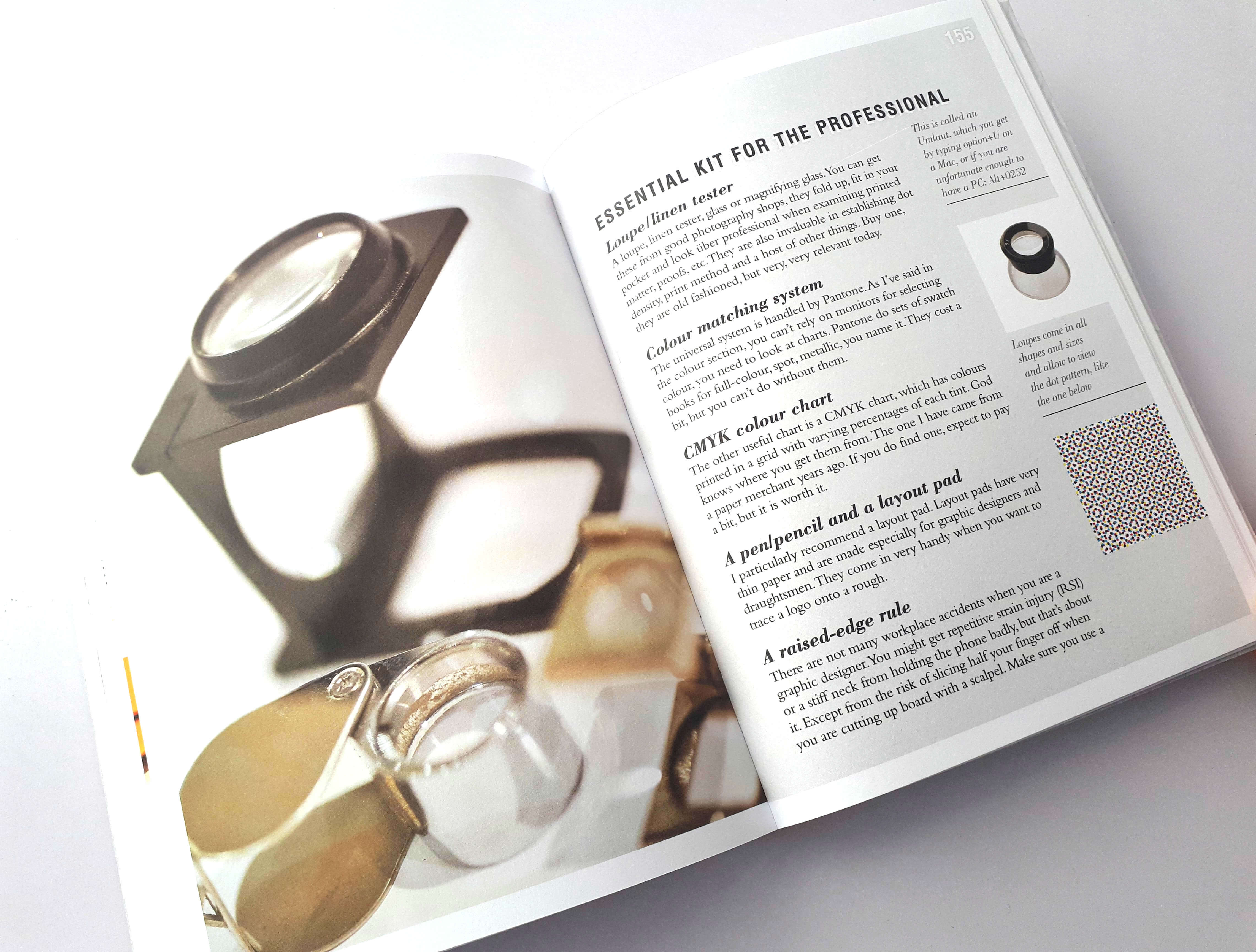
Some things that stood out to me throughout the book are the handy little snippets place at the bottom of pages regarding a certain area with bullet points and handy tips and insights. There is also a notes and sketches area if you want to make notes at the end of each section.
Other bits of the book that I think are good are the magic numbers section – a set of numbers for margins, gutters and rule lines etc.
The 10 things section – where clients, art directors, printers (and more) list the 10 things they wish designers would do. Followed by a brief keyboard shortcut list and glossary – again very handy!
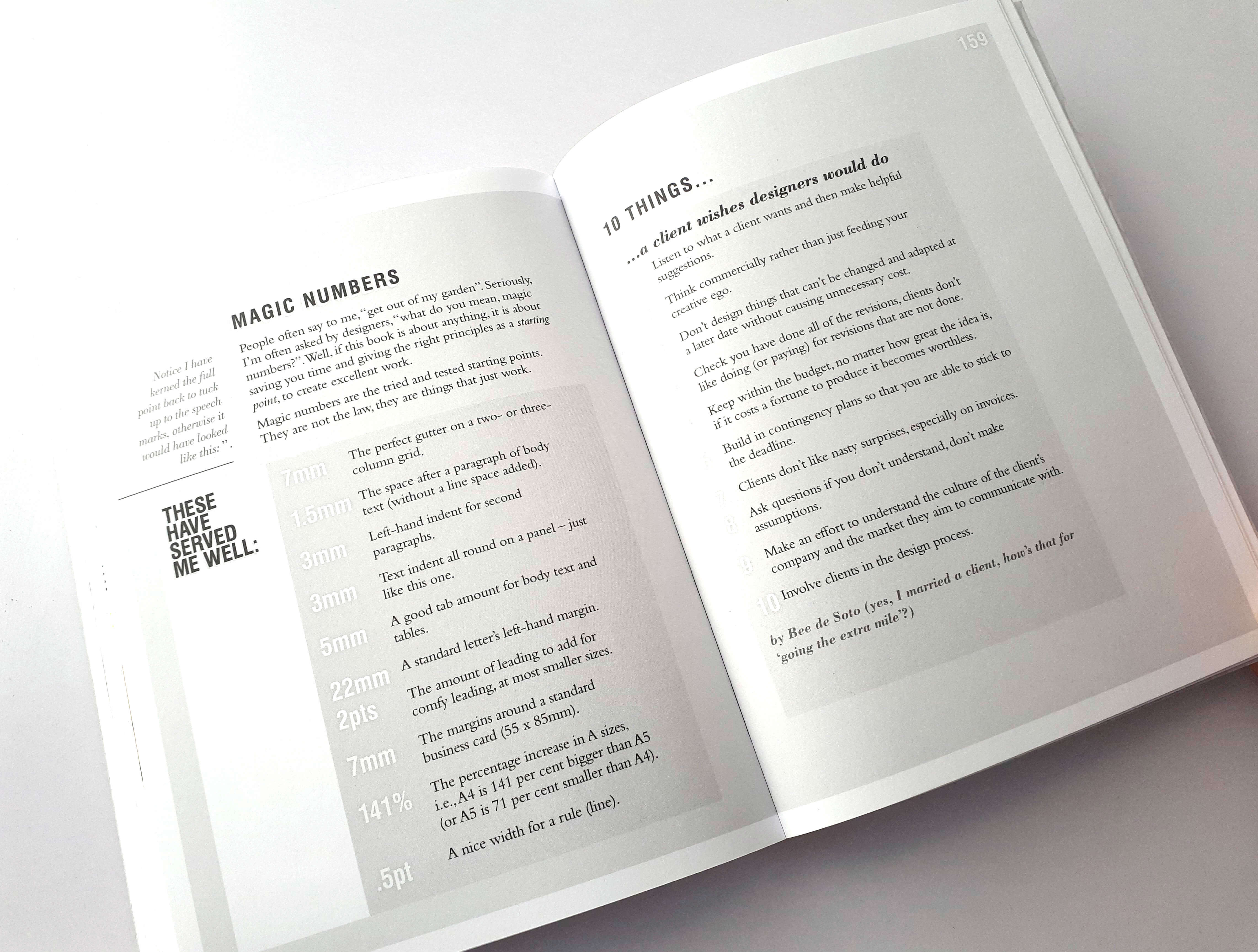
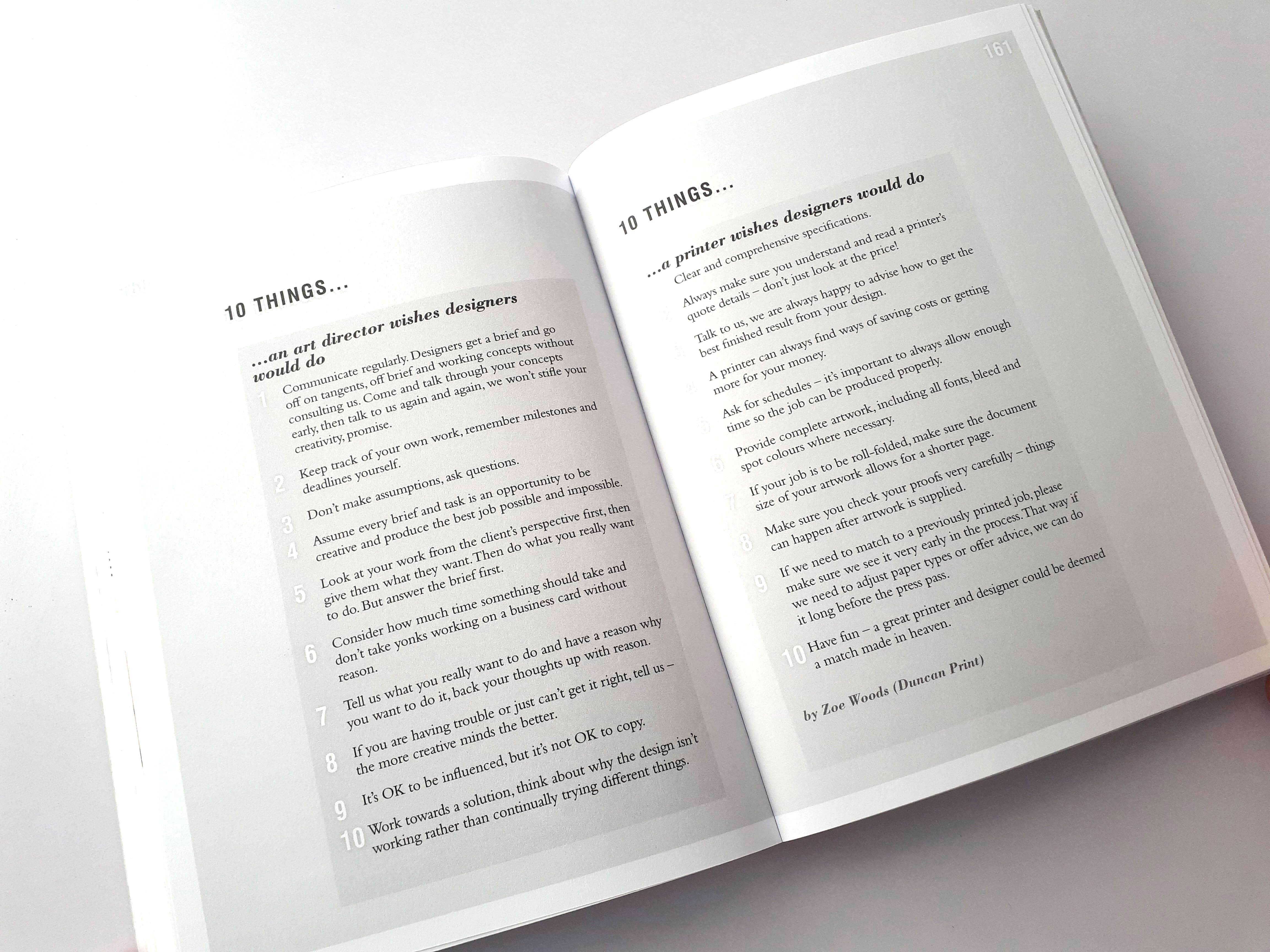

The book is detailed and a good resource for designers, not so much for beginners aimed more towards the up and running designer rather than new designers just starting out in the industry, well worth getting a copy. It’s not It’s not an expensive book and a bargain to buy.
Drew de Soto has also written its counterpart Know Your Onions – Web Design which is the same quality print that also looks like a good read.
A Quick Interview With Drew de Soto
We asked Drew a few questions about how he got started in design, why he wrote the book, Challenges new creatives face in today’s creative world and the advice he would give designers starting out in the industry.
The Logo Creative – How did you get started in Graphic Design?
Drew de Soto – When does it all start? When I was a school I could draw reasonably well, but I also liked the idea of joining the army. So I went to my careers advisor, who’s main advice was to look at you blankly and provide you with details of where the Jobcentre was, and I asked him if the army employed graphic designers. Quite rightly he looked at me as if I had just landed from the moon.
So I went to an interview at Nene college, now elaborately named the University of Northampton. I had nothing to show but still life drawings and some weird teenage daubs, mostly of a gothic nature and surreal compositions.
They sent me away saying come back in three months with some graphic design. I spent three months designing posters, typefaces, and logos. I got on the course, stayed four years and had a brilliant time.
I did loads of work experience at lots of different agencies and in the evening worked in a pub. I met a chap who commissioned merchandise design for bands. I asked him if I could have a go. A few weeks later I presented a huge range of merchandise, tour books, art prints, even condom packaging, for the UB40 Labour of Love tour. He bought the lot – I bought a car.
I set myself up in business working out of a room in a farm in Bedford. I worked with some of the biggest bands in the world at that time, people like U2, Sisters of Mercy, BB King, and the Hothouse Flowers. Like I say they were big at the time.
Am I answering the question or writing my biography? Not sure, anyway, onwards.
Eventually, I moved on, came to London and got my first full-time job in an agency in North London. Their work wasn’t great, but they taught me the business, so much so, that I ending up running my own accounts, dealing with finance – everything.
And that is when I feel my career in graphic design started. Five years later I was running my own business and rapidly losing my hair.
The Logo Creative – What inspired you to write Know Your Onions?
Drew de Soto – I’d been running my own agency, Navig8 for 10 years or so and we worked with a chap, Harry, at Help the Aged, now called Age UK.
They rebranded with a big agency and there were just some things that weren’t right. So over a pint in a pub in Fitzrovia, I explained what I thought was wrong with the new identity. He said ‘you have so much knowledge, you should write a book’, so I did. I wrote it in Spain, with my feet in the pool in just about in one go. I just bashed it out.
I say thank you to Harry in the book, but thanks again, Harry. I’ve written quite a few books on design now and I am about halfway through a new one in the Know Your Onions series on Identity. It is taking a bit longer to write as I don’t have a pool.
I see so many design books published that are essentially just showcases for designers work and whilst it is nice to see great work, you don’t learn from just looking. Harry said ‘impart your knowledge’ and I hope that is what I have done.
The thing that inspires me to write more is the feedback I get from the readership. It’s amazing. I’ve employed a designer who read my books, he got in touch, took on board everything I suggested and did more than I could teach him. Top bloke.
The Logo Creative – What are some of the main challenges that graphic designers face in today’s creative world?
Drew de Soto – Where do we start? Everything has changed in my 25 or so years ‘at it’, then again nothing has. But safe to say the things that have changed, have created the biggest challenges for young designers. I reckon these are the big ones, and some ain’t that nice:
- More and more clients like to direct the design, rather than let the designer design. They never, ever end up with a better result when they do this and this situation often causes conflict and misunderstanding.
- Design buyers don’t know how to buy design, they are young, inexperienced and concerned about protecting their jobs.
- They all want the Indesign files so they can edit themselves to save cost, really?.
- Deadlines are shorter, budgets are tighter and the competition is huge.
All sounds a bit negative, doesn’t it? There’s some good stuff too:
- Creativity doesn’t come to you just because you can edit a Photoshop file, designers, creators, innovators will always be needed – that value will never go away.
- There are clients out there that ‘get it’ and they are the ones that get the best work that makes a real difference to their business. Design has value. Look at Kia five years ago, now look at them.
- After all this time, I still get a massive buzz from creating an outstanding solution. I whistle on my way to work and never stop trying to push the boundaries. I have to say my team at Navig8 are mint, I feel a lot of pride when I see them do what they do, and do it so well.
- Graphic Design – it’s not a job. Almost every designer who has worked for me has a personal project on the go. There are not many careers where that is the norm.
The Logo Creative – What advice would you give to other graphic designers and new designers just starting out?
Drew de Soto – Get work experience at a wide range of agencies, small and large, paid or unpaid (if you can manage it). If it is unpaid, you should at least have your expenses covered.
Don’t just leave your Uni portfolio as it is and expect to walk into a great job, keep working on it.
Listen to your Art Director, they have reasons why they tell you what to do, if you don’t understand why they are telling you to add in a kitten to the poster, ask them why, but do it anyway.
There is huge competition out there, so be the best you can be – effort sometimes outshines talent.
Aim high, stick with it – never give up.
Oh and this might help, it’s only a little publication, but I’m told it helps, What to Put in Your Portfolio and Get a Job: Graphic Design, shameless plug I know (sorry), but buy it here, it’s cheaper than Amazon. The book review for this book is coming soon on The Logo Creative™
One last thing, have fun, I do. (:-)>

Know Your Onions; Graphic Design by Drew de Soto is available on Amazon UK and US

